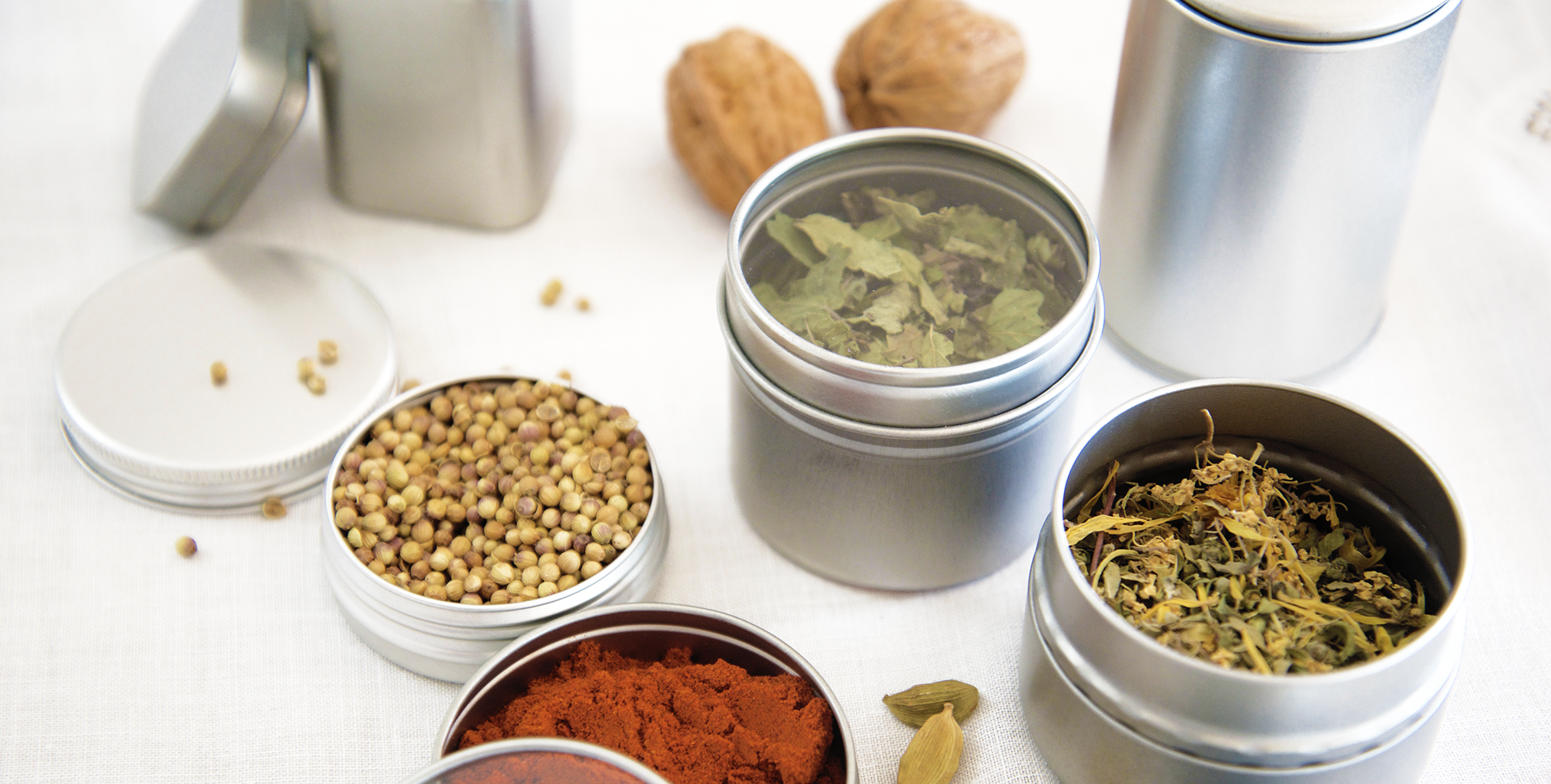The concept of touch plays a big role in food packaging, consumerism and safety concerns. Packaging designers want to make sure the material touching the food is safe. Shoppers like to touch packages before they buy them, which influences perceptions. Here are important points to know from various studies about the sense of touch and how it affects food packaging.
Positive Food Touch

There are many popular food items that people eat with their hands, especially confectionery, chocolates and biscuits. Part of the pleasure of these treats is the carefree feeling of touching the food. Most food, however, is purchased based on p
Packaging designers must be aware of functionality and experience. The designer must keep in mind how the consumer will recognize and use the packaging. A big question to ask is whether or not imagery of the food should appear on the package, which can affect perceptions of taste. The feel of the package is very important to the consumer, which is evident when a shopper squeezes a loaf of bread.erceptions of flavors. These perceptions can be triggered by packaging cues. Ultimately, the sense of touch is very important to consumers in the purchasing process at physical shops. There are plenty of opportunities for consumers to touch packaging, but usually shoppers cannot touch food until they buy it.
Touch-Flavor Associations
Sensory marketing is designed to engage the senses of consumers and affect their perception, judgement and behavior. Studies suggest that subconscious triggers may create associations among consumers between touch and flavor. Each individual is unique based on their own set of experiences, but there's growing evidence that visual cues can shape people's perceptions about what a food product tastes like.
The heavier the packaging, the more intense many consumers perceive it to be, at least for those who are not conscious about healthy lifestyle. For the nutrition-focused individuals, heaviness is a negative. At the same time it's important to understand that weight perceptions vary with different types of products.
When a product comes in contact with the surface of human skin, there is an immediate awareness of its softness or hardness, temperature and weight. Researchers have learned that the hardness of a cup affects a consumer's evaluation of the beverage it contains. It's similar to how packaging cues can shape a shopper's decision on whether or not to buy certain products. Their perceptions are shaped by the size, shape, color and feel of the package.
Caring About What Touches Food
Most consumers have a sense that whatever food touches, it should be clean. People who like chocolate candies often prefer that each piece of candy has its own packaging. A box full of assorted candies usually requires the food to be separated with barriers or wrapping.
 Pressure from consumers and governments is building to reduce single-use plastic from packaging. Many people have growing concerns about the toxic chemicals used in the production of plastic, as many products use plastic that touches food. Much of this plastic is never recycled and ends up in landfills or water systems. It's known to kill marine life when ingested. Many consumers are looking for more sustainable solutions. Even though plastic is durable and can protect food well, many companies are working on phasing out plastic completely.
Pressure from consumers and governments is building to reduce single-use plastic from packaging. Many people have growing concerns about the toxic chemicals used in the production of plastic, as many products use plastic that touches food. Much of this plastic is never recycled and ends up in landfills or water systems. It's known to kill marine life when ingested. Many consumers are looking for more sustainable solutions. Even though plastic is durable and can protect food well, many companies are working on phasing out plastic completely.
Read more in our series on the Need For Touch
Reference
- Read more in our series on the Need For Touch (2018 - today)
- The Influence of Need for Touch in Multichannel Purchasing Behaviour: An approach based on its instrumental and autotelic dimensions and consumer´s shopping task (2016), by Roberto Manzano, Magdalena Ferrán, Diana Gavilan, Maria Avello , Carmen Abril
- Consumer Need for Touch and Multichannel Purchasing Behaviour (2013), by Roberto Manzano, Magdalena Ferrán, Diana Gavilan,






